Edible Plants Indoors - Tips On Growing Edible Houseplants
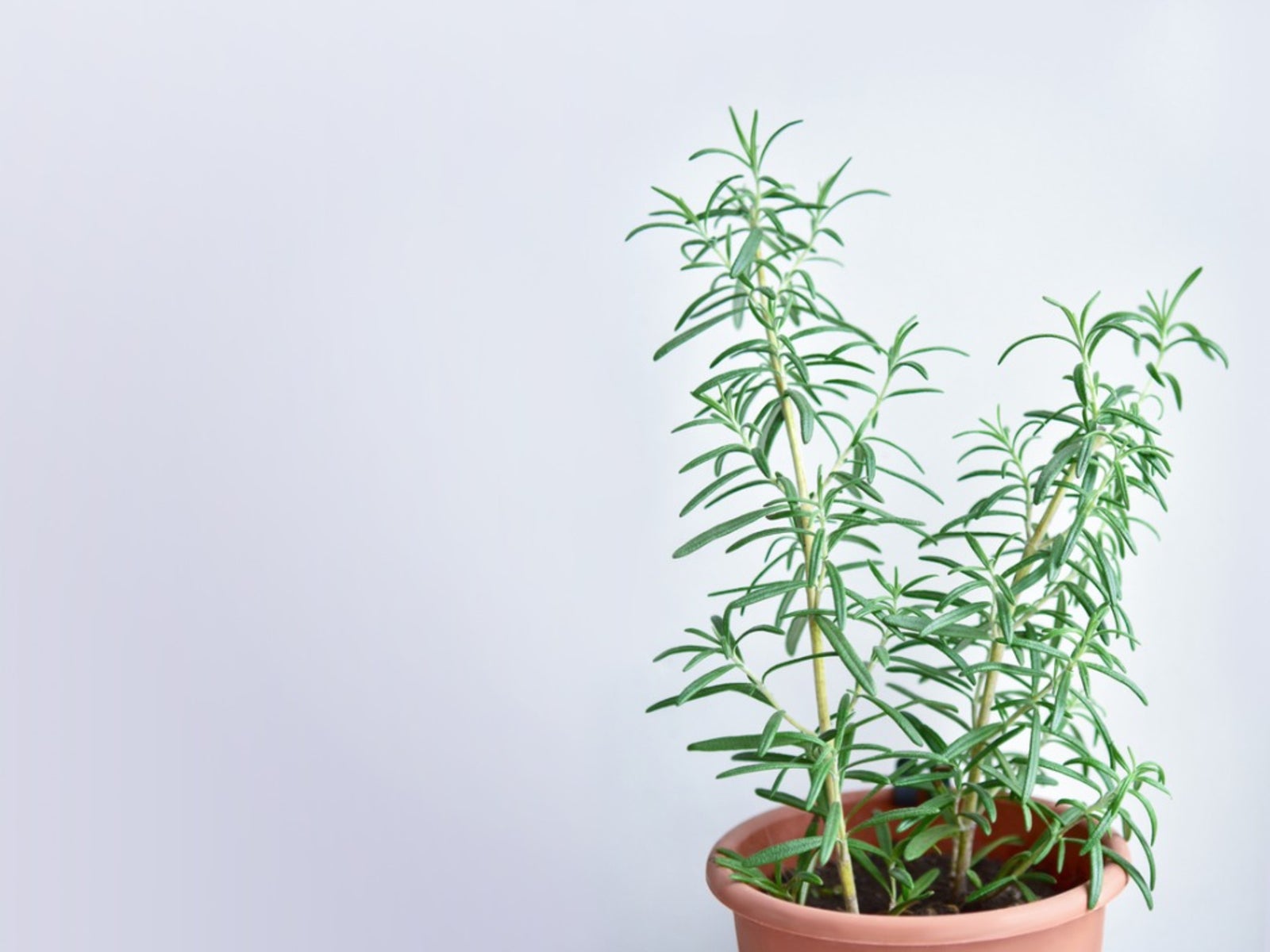
Is my houseplant edible? No, probably not unless it is a cultivated herb, vegetable, or fruit. Do not start eating your philodendron! That being said, there is a multitude of indoor plants that you CAN eat. Growing edible houseplants satisfies the urge in many of us to grow, nurture, and harvest our own foodstuffs. Even in a small apartment, it's possible to grow edible plants indoors. Growing edible houseplants are free of pesticides or herbicides and are a boon to the growing number of people who are environmentally and health-conscious. It can also be less expensive than store-bought produce.
What Houseplants are Edible?
First, let it be said that almost any plant that can be grown in the garden can be grown indoors as well. Of course, we need the proper amount of sunlight (usually six to eight hours a day), a well-draining soil medium, food for the plant (not you, yet!), and water. A list of what houseplants are edible is limited, yet a little too long to list here. You can try almost anything.
Herb Plants
Herbs are decorative and useful culinary additions. Almost all of these require full sun exposure. Here are some of the more common:
Fruit and Vegetable Plants
Tomatoes may also be grown indoors, as well as a number of other veggies. You may want to check for dwarf varieties in the interest of space. Many fruits can be grown from the pit, although the fruit may not be true to the original. Avocados can be started from a pit, pineapples from the top crown of the fruit, potatoes from eyes, and carrots from the leafy green. Again, you may not get an edible crop, but it sure is fun to try. Many varieties of citrus do well indoors including:
Most of these are acid varieties since sweet ones need more heat than the average home environs can provide. Nevertheless, they make great jams, jellies, and juices to which sweeteners can be added. A variety of edible, decorative peppers can be grown indoors such as Black Pearl, Prairie Fire, and Sangria. They will keep you hot, (sss!) through the long winter nights. Microgreens, all the rage and pricey to boot, can be grown on the kitchen table or counter. Everything from chia, cress, mustard, radish, and arugula can be raised indoors in the comfort of your kitchen. Grow microgreens in fresh soil each time you start them to ensure food safety and discourage disease or other pathogens like salmonella. The tiny roots or mats of microgreens can be susceptible to these problems and should not be used if there is any sign of mold or decay. Kids love to grow mini greens since they pop up quickly. They are loaded with vitamins, minerals, enzymes, and phytonutrients, and they can be grown in almost anything from a decorative ceramic pot to a leftover cottage cheese container. Broccoli, which germinates early and reliably, is another wonderful option for growing edible houseplants. Some varieties of strawberries, bananas, and 'Tophat' blueberries are also suitable for growing edible houseplants.
How to Grow Edible Plants Indoors
Growing edible houseplants necessitates light, water, and nutrients. Find a container that either has drainage holes or in which you can make holes. Fill the pot with a well-draining potting medium. Add the seeds or transplant a starter plant and moisten the soil. If using seeds, cover with plastic wrap and situate in a warm area. Keep moist and remove the wrap once germination has begun. Mature plants should be in full to mostly sunny exposures. Harvest will depend upon what edible plant you are growing inside. Hand pollination may also be necessary. Check the seed package or label to determine when to reap the bounties of your indoor garden.
Gardening tips, videos, info and more delivered right to your inbox!
Sign up for the Gardening Know How newsletter today and receive a free copy of our e-book "How to Grow Delicious Tomatoes".

Amy Grant has been gardening for 30 years and writing for 15. A professional chef and caterer, Amy's area of expertise is culinary gardening.
-
 12 Lush Alternatives To A Lawn For Sustainable Spaces
12 Lush Alternatives To A Lawn For Sustainable SpacesAlternatives to a lawn are beautiful and also beneficial to your local ecosystem and its pollinators. Explore our top picks for plants to replace grass.
By Tonya Barnett
-
 Types Of Tomatoes Explained: Explore The Many Wonderful Shapes, Colors, Flavors, & Best Uses
Types Of Tomatoes Explained: Explore The Many Wonderful Shapes, Colors, Flavors, & Best UsesThe world of tomato varieties is vast and fascinating. Learn about the key types to grow in your garden, tailored to your preferences and space.
By Amy Grant
-
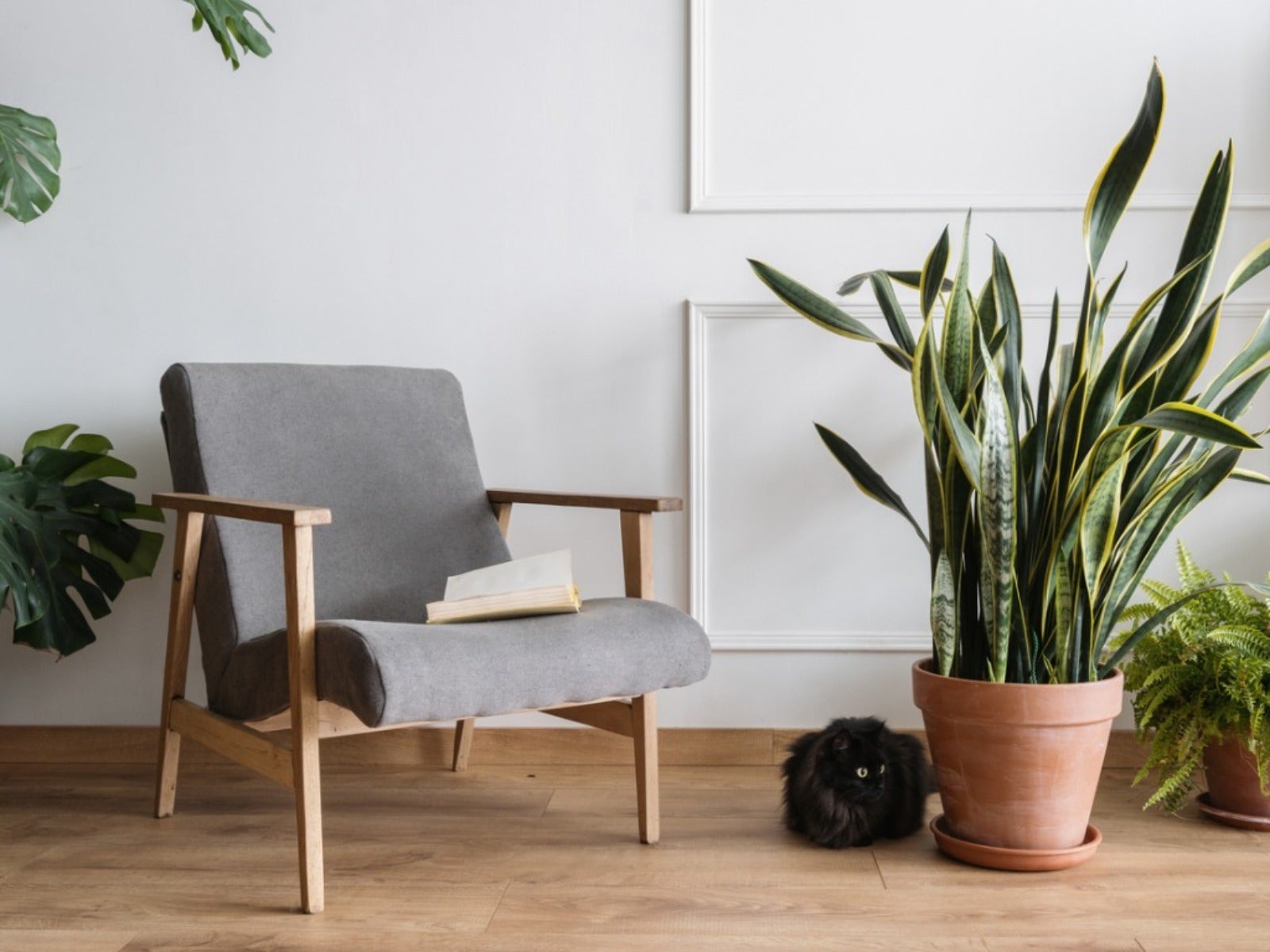 8 Easy Care Houseplants That Live A Long Time
8 Easy Care Houseplants That Live A Long TimeClick here to learn about our 8 favorite low maintenance houseplants that can, with proper care, live a long time.
By Amy Grant
-
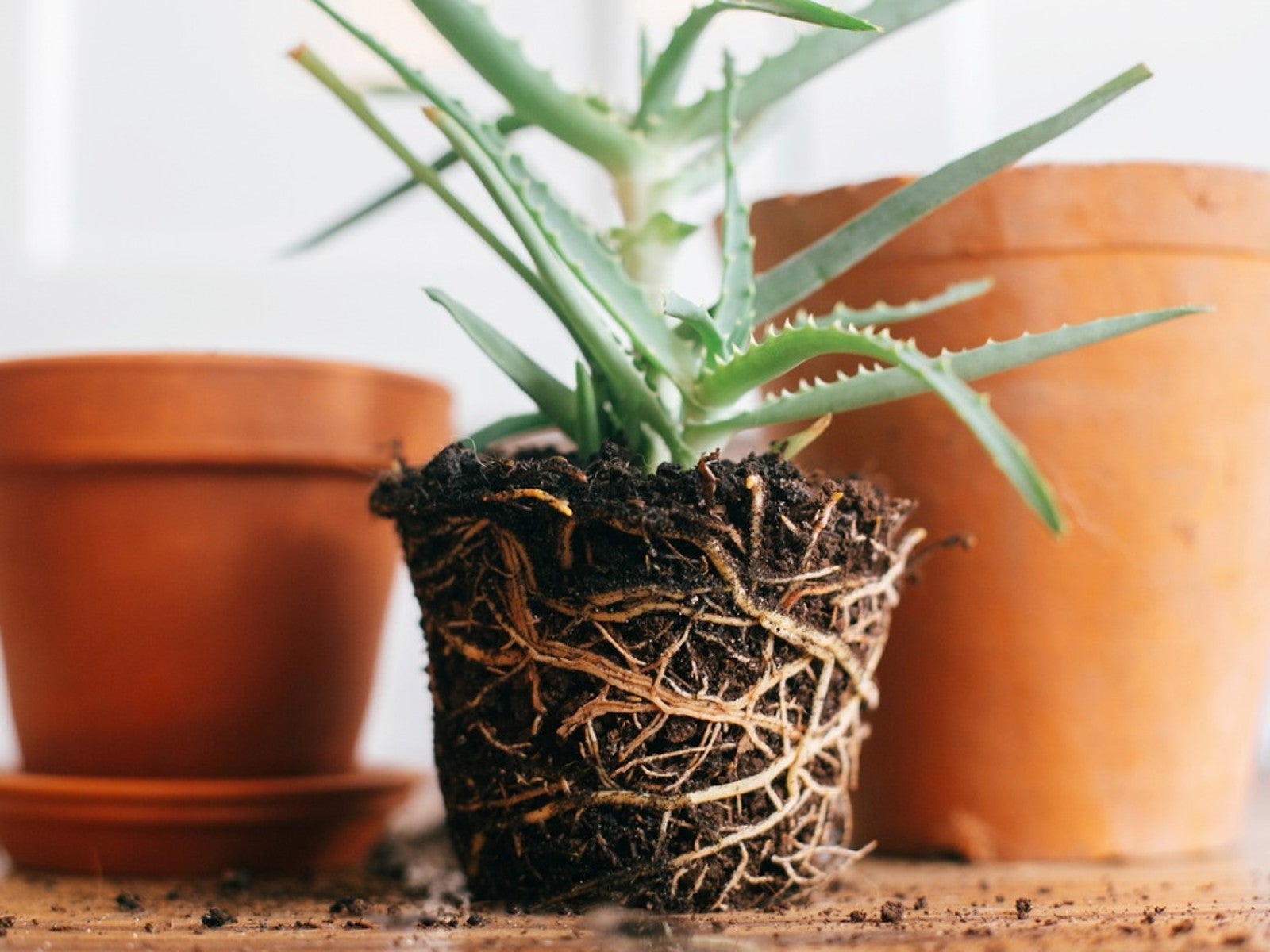 How Often Should You Repot Plants?
How Often Should You Repot Plants?Escaping roots and shrinking leaves may mean your plant wants a new pot, but some like staying cramped and cozy.
By Mary Ellen Ellis
-
 Orange Flowering Houseplant Varieties With Tropical Flair
Orange Flowering Houseplant Varieties With Tropical FlairClick here to learn about some cheerful orange-blooming houseplants you can try growing.
By Mary Ellen Ellis
-
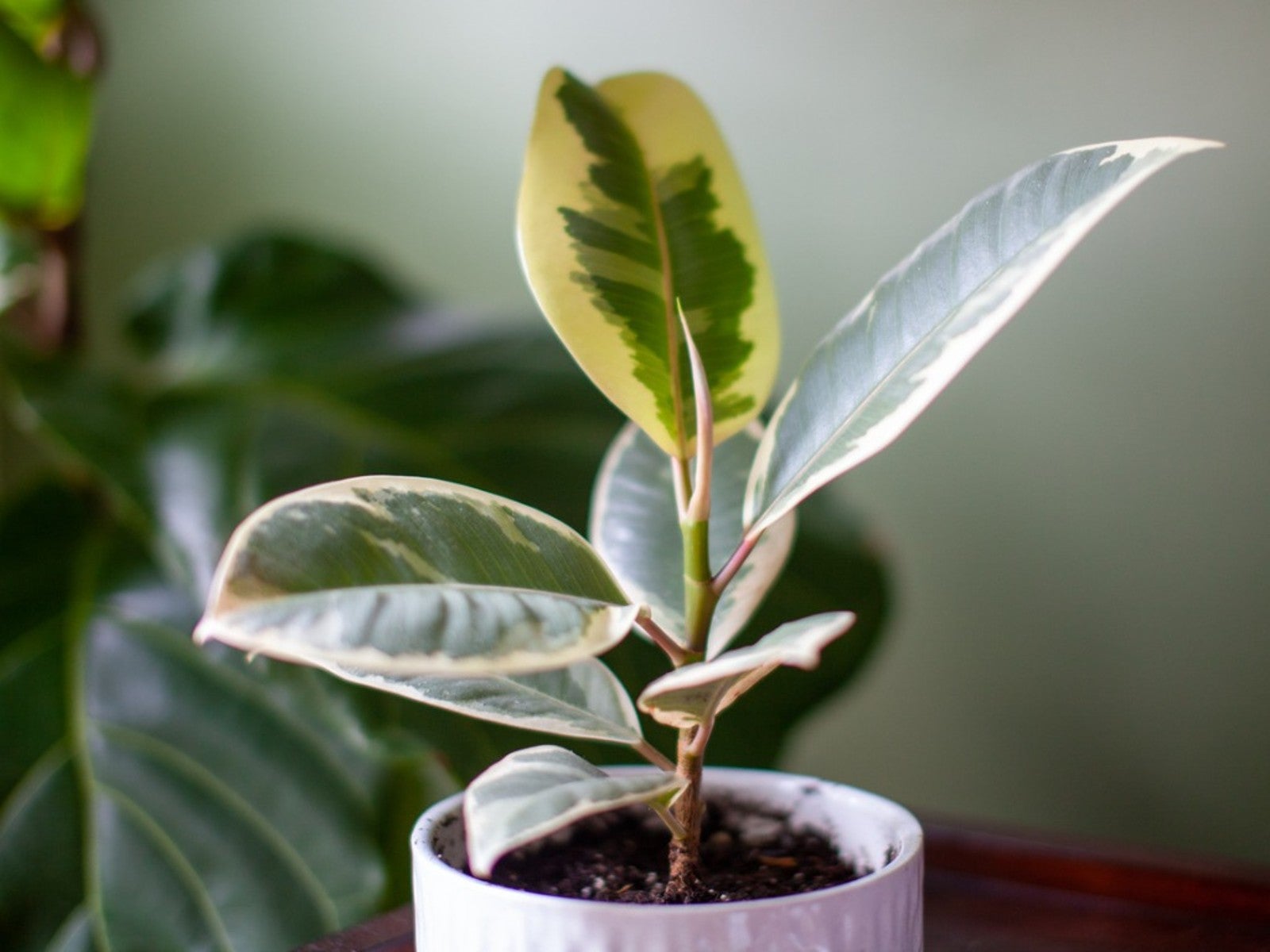 Variegated Houseplants With Lovely Leaves
Variegated Houseplants With Lovely LeavesWhat are some of the best variegated houseplants to add to your collection? Click here to find out.
By Amy Grant
-
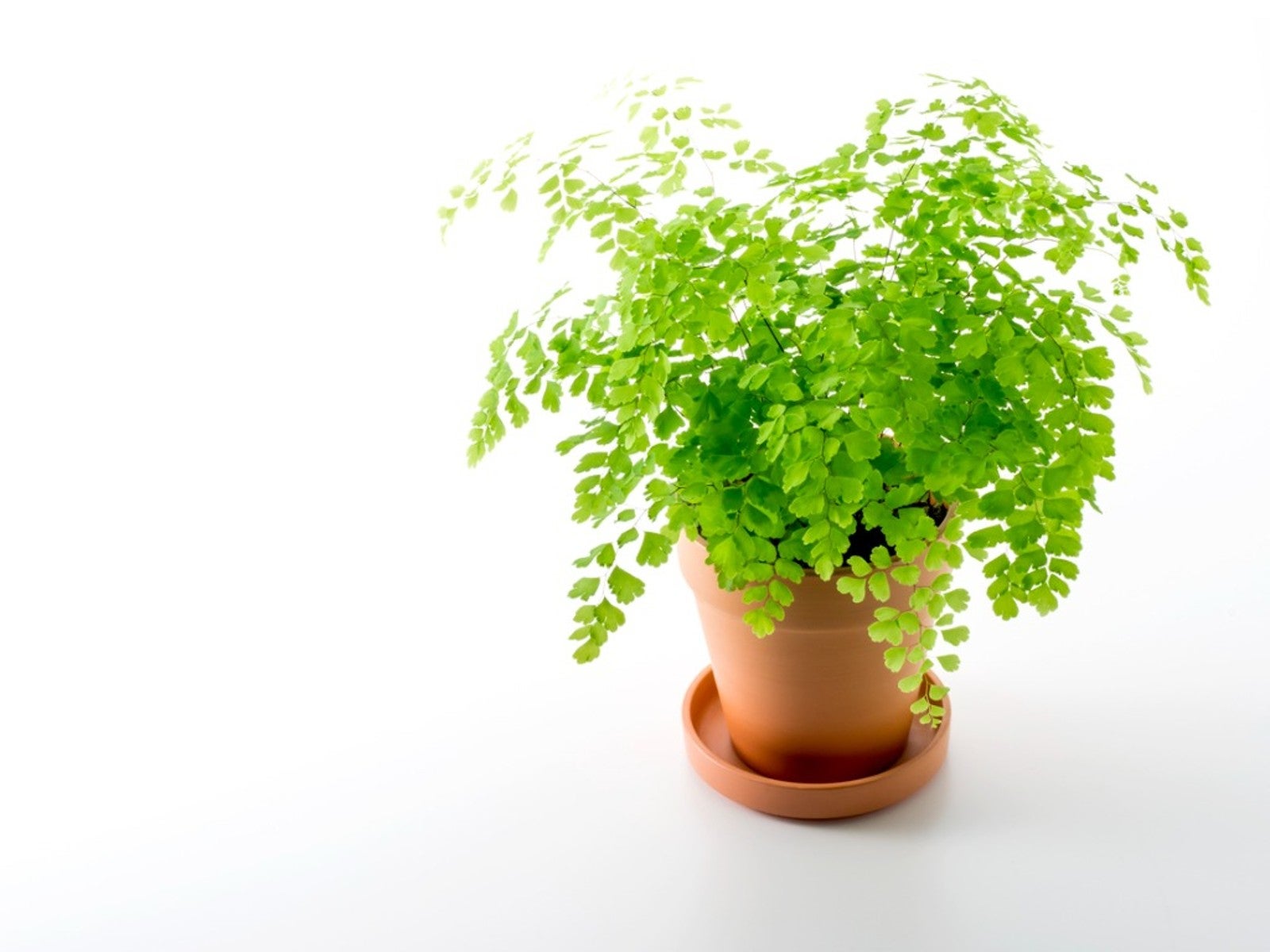 Lovely, Lacy Indoor Foliage Plants
Lovely, Lacy Indoor Foliage PlantsClick here to learn about some houseplants with lacy foliage to add to your collection.
By Mary Ellen Ellis
-
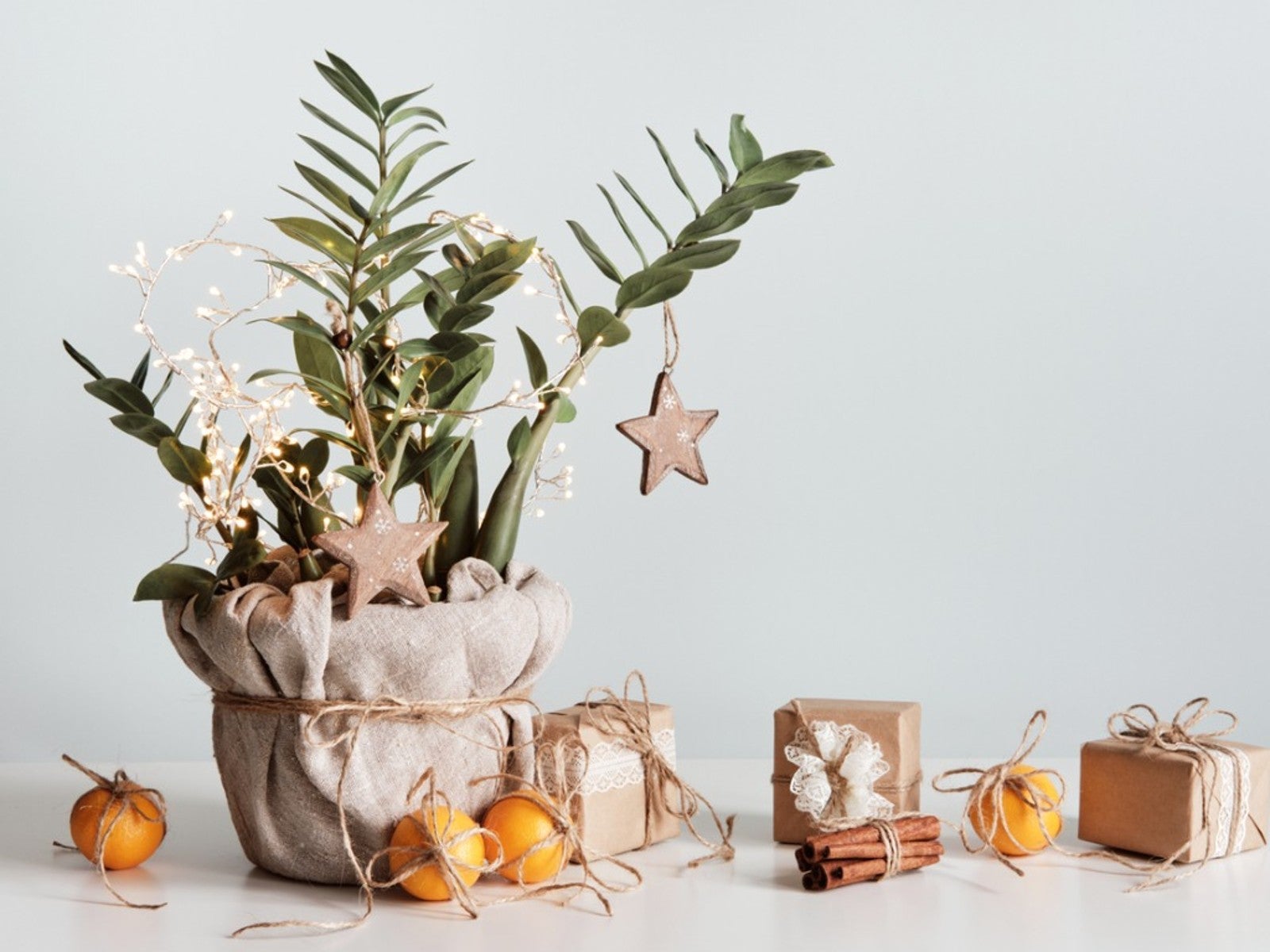 Best Christmas Houseplants And Plants For Winter Holidays
Best Christmas Houseplants And Plants For Winter HolidaysClick here for an idea of the best houseplants to use for holiday décor for Christmas, Hanukkah, Kwanzaa, and New Year’s.
By Laura Miller
-
 Best Big Houseplants To Create An Indoor Oasis
Best Big Houseplants To Create An Indoor OasisIf you have the space you may want to grow some large houseplants. Here are some ideas.
By Mary Ellen Ellis
-
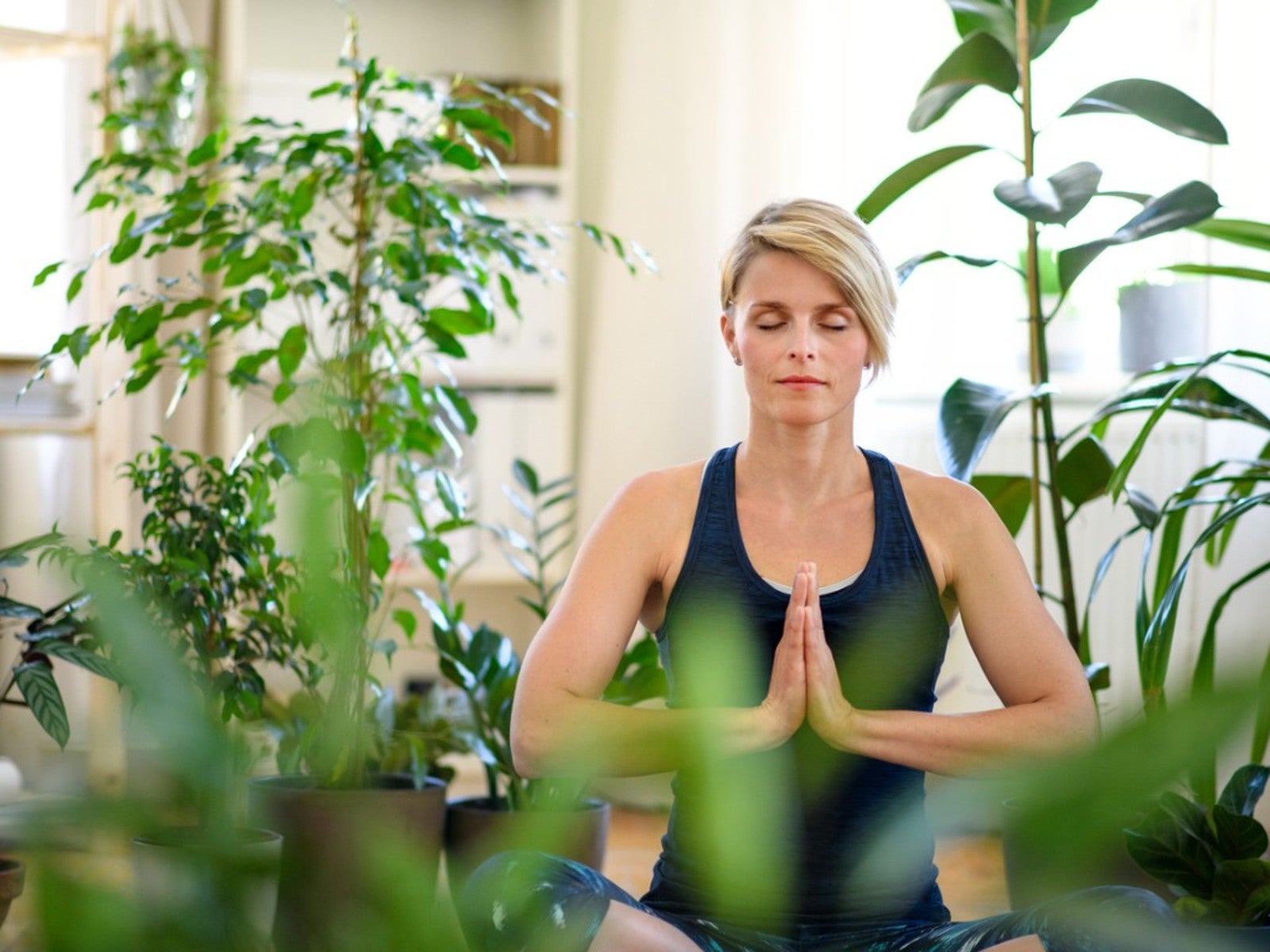 Relaxing Plants To Grow Indoors For A Calmer Mind
Relaxing Plants To Grow Indoors For A Calmer MindAre there houseplants that can help you to relax? Click here to find out.
By Laura Miller